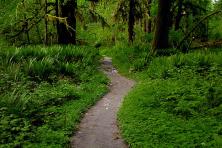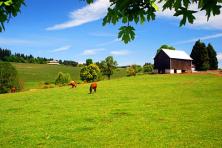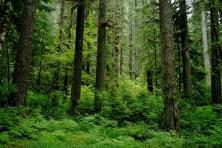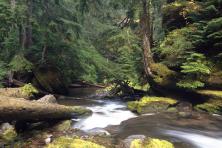Global biodiversity avatar Thomas Lovejoy sees a climate endgame in sight, title of his recent New York Times op-ed. We are on track for massive dieback of coral reefs, rainforests and other species unless we take major steps to cool down the planet. Lovejoy points to biocarbon, nature’s capacity to capture and store carbon through plant growth.
Lovejoy writes:
“It is abundantly clear that the target of a 2-degree Celsius limit to climate change was mostly derived from what seemed convenient and doable without any reference to what it really means environmentally. Two degrees is actually too much for ecosystems.
At current global warming of 0.8-0.9 degrees, the fingerprints of climate change can be seen virtually everywhere in nature. . . At essentially double that current temperature increase, there undoubtedly will be massive extinctions and widespread ecosystem collapse.
So what to do? The first thing is to recognize both the climate and biodiversity agenda as deadly important, of utmost urgency and fundamental to the future of humanity. The second is to find ways to keep temperature increase below 1.5 degrees.
One of those is to use the biology of our planet to pull about half a degree of warming potential out of the atmosphere before that potential is realized. Lag times between attaining an atmospheric CO2 concentration and the consequent heat accumulation make this possible.
In addition, because all living things are built of carbon, restoring ecosystems (e.g., reforestation and restoration of grasslands) can recapture carbon lost to the atmosphere through past deforestation and ecosystem degradation. Ecosystem restoration has multiple benefits, including better grazing and enhanced soil fertility."
Increasingly it is becoming obvious we urgently need coordinated actions to reduce both current carbon emissions and the carbon concentrations that have built up in the atmosphere. For the latter, we can make a powerful ally of nature’s carbon-soaking ability.
This is exactly the thrust of the Northwest Biocarbon Initiative, an effort to make the Northwest a regional leader in improved natural carbon storage. Climate Solutions and a group of land conservation partners are working to promote new models for biocarbon across the landscape.
Image
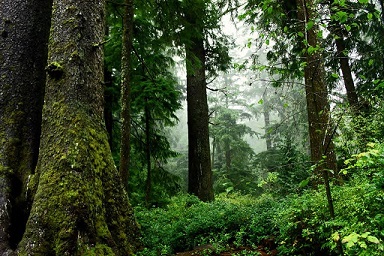
Enlisting Nature to Stem Climate Change

